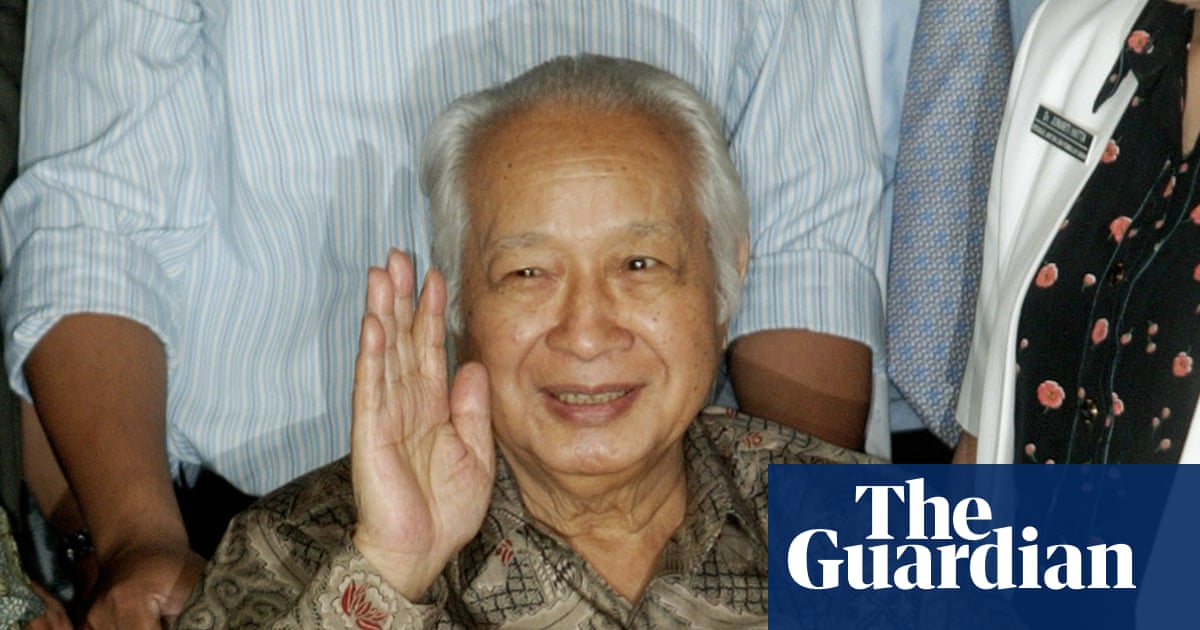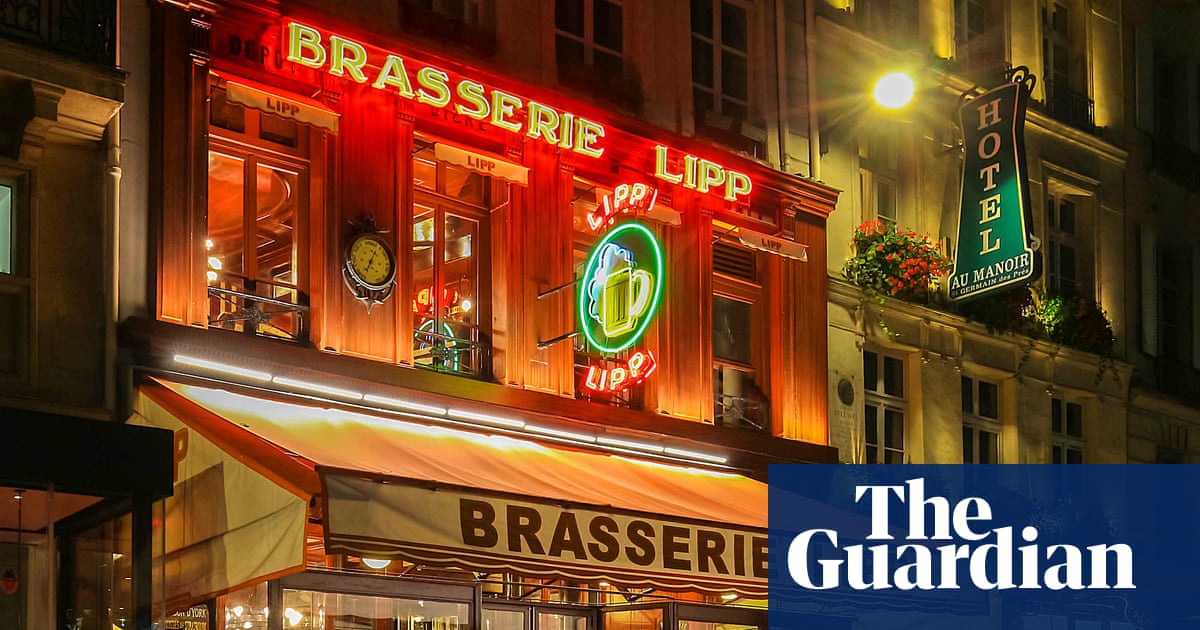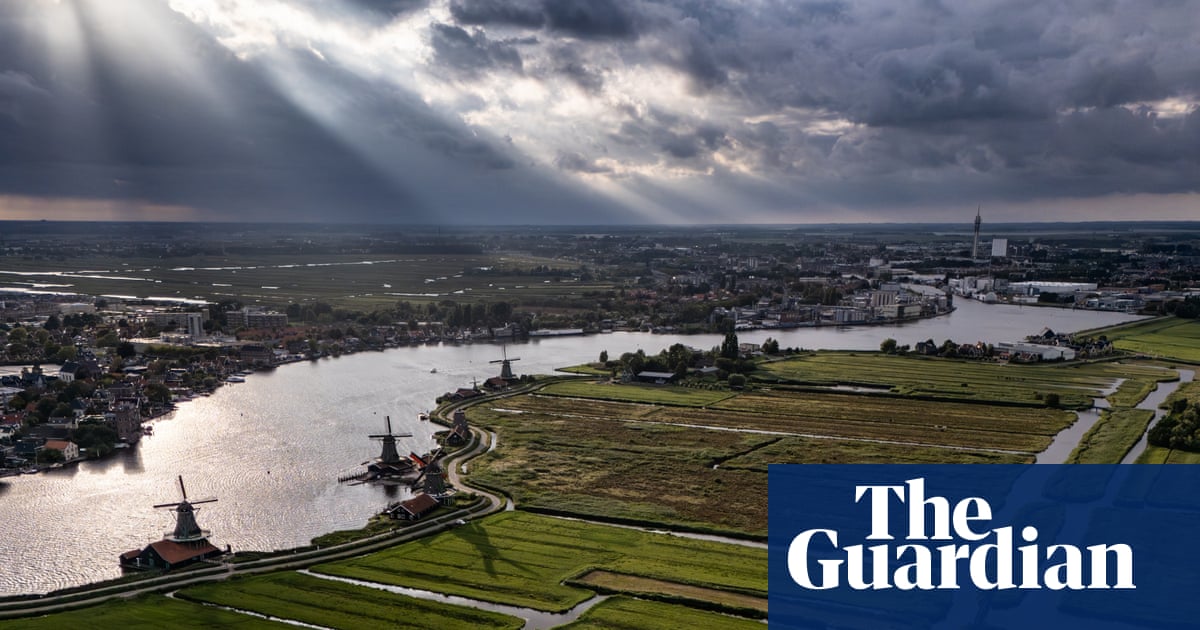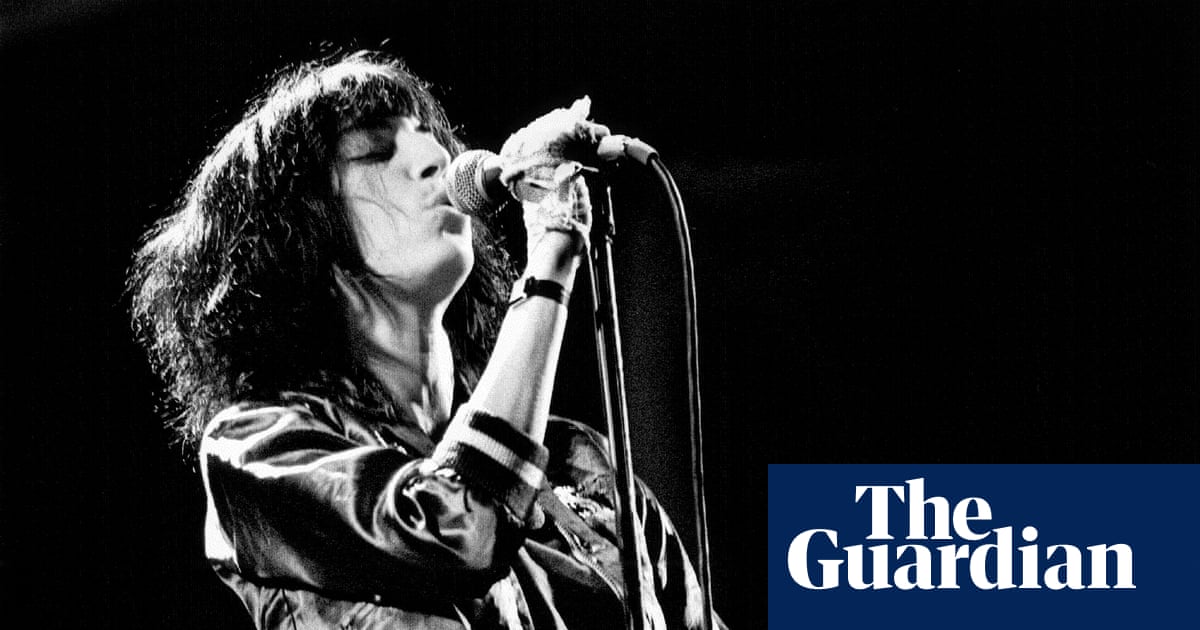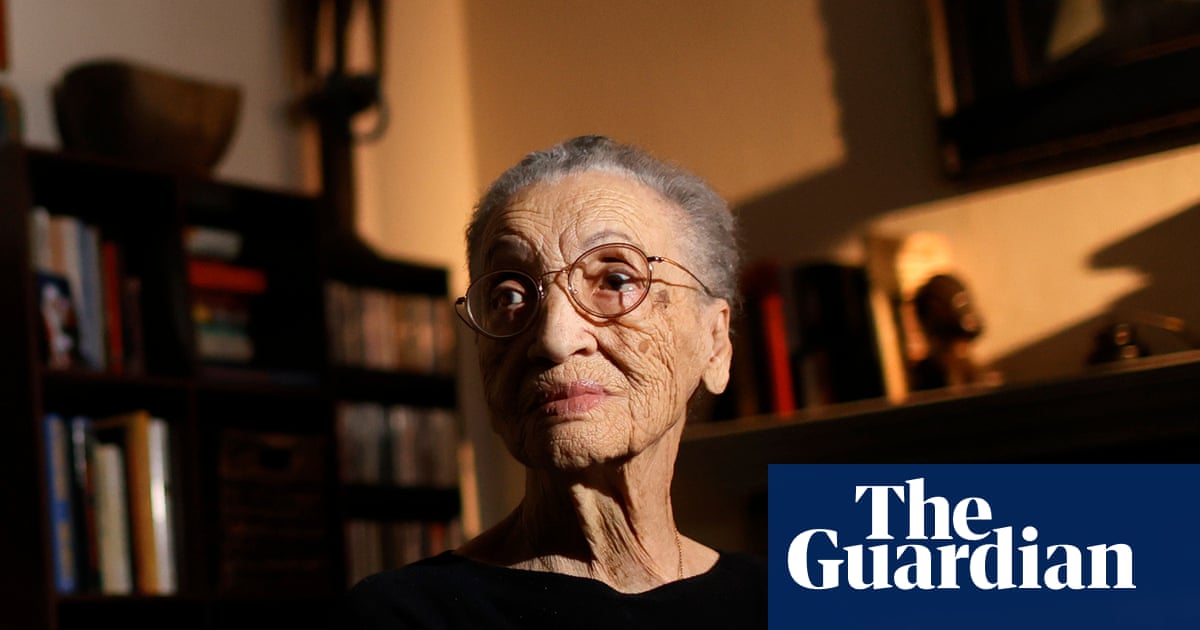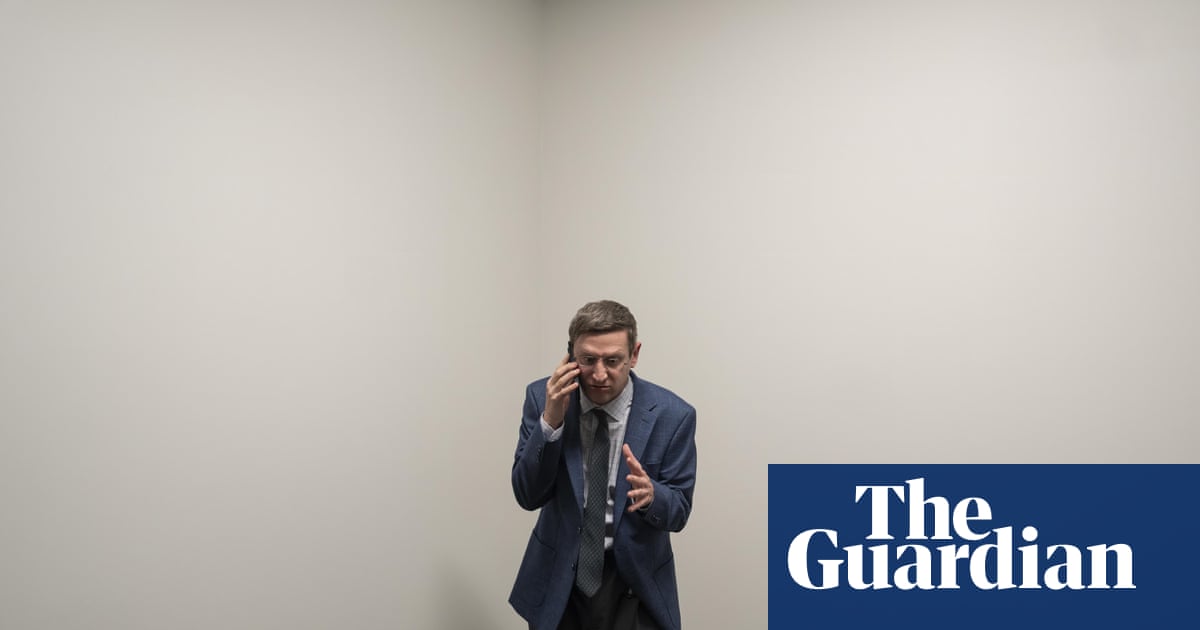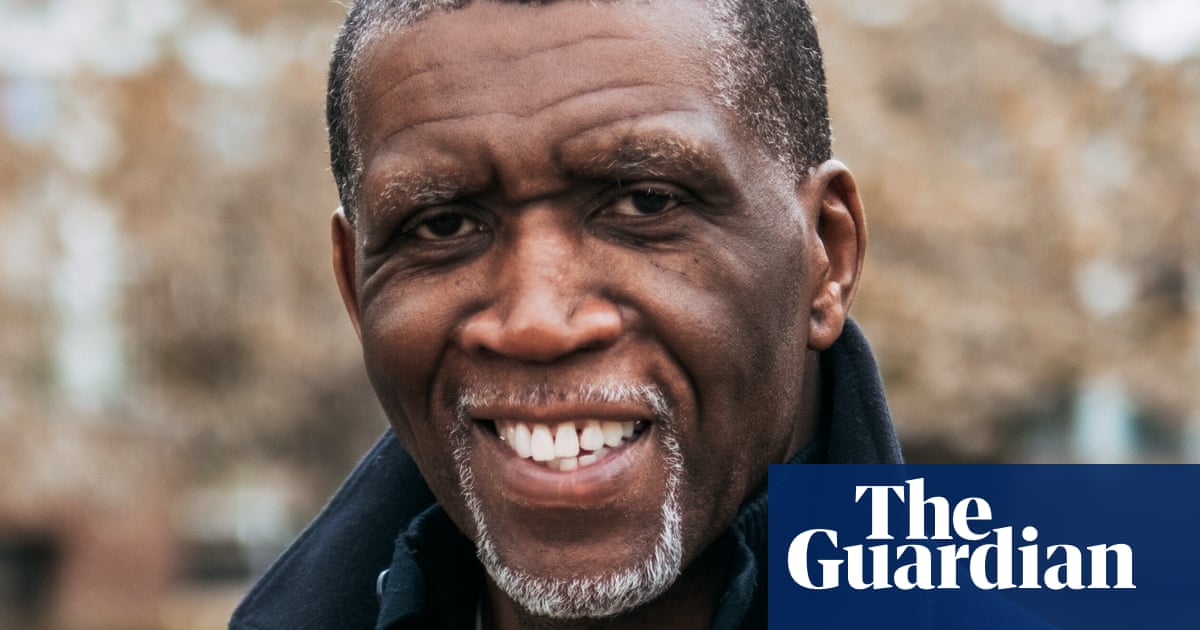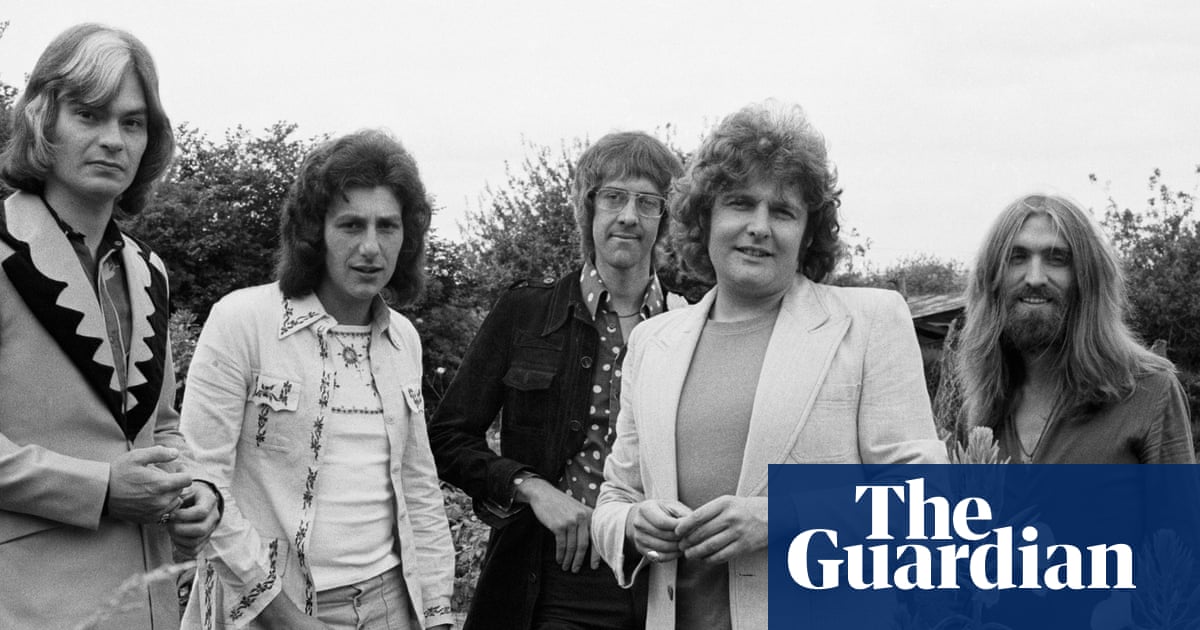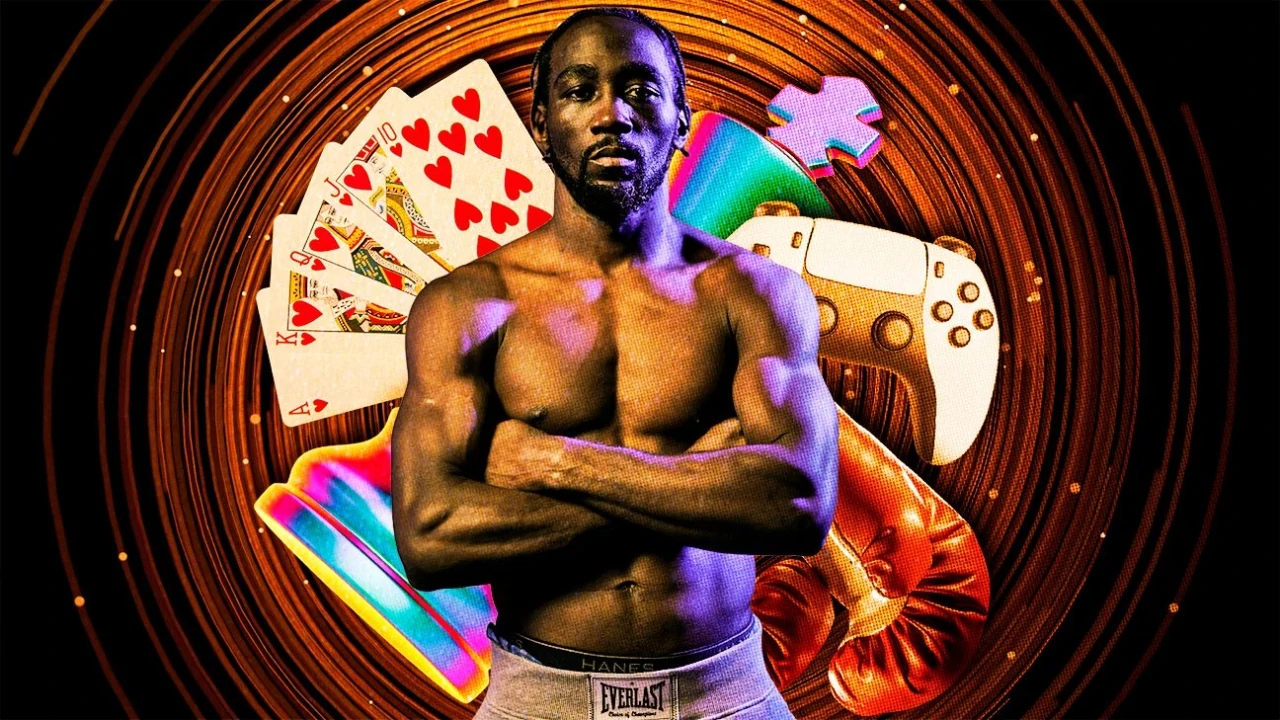He is widely regarded as England’s greatest painter, but despite his extraordinary output, elements of JMW Turner’s personality have remained a mystery.
Now, a groundbreaking BBC documentary delves into Turner’s 37,000 sketches, drawings and watercolours to build an unprecedented psychological portrait, one that raises the possibility that Turner’s singular vision was shaped by childhood trauma and neurodivergence.
Among the figures helping to unlock the artist’s life story in Turner: the Secret Sketchbooks, are the actor Timothy Spall, who portrayed him in Mike Leigh’s film Mr Turner, the artists Tracey Emin and John Akomfrah, the Rolling Stones musician Ronnie Wood, the psychotherapist Orna Guralnik and the naturalist Chris Packham.
Packham said: “As with all of the people we suspect of having had neurodivergent traits, from Alan Turing to Isaac Newton, it’s impossible to provide retrospective diagnoses, so we can only offer conjecture about that. But if Turner did have significant neurodiverse traits, I imagine they would have had quite a profound impact on his art and thinking.”
Packham, an ambassador for the National Autistic Society, pointed to Turner’s “exceptional” keenness for detail and his “hyperfocus”, a state of intense, prolonged concentration on a particular task or topic, commonly seen in conditions such as ADHD and autism.
“I see affinities there in terms of my own autistic thinking and approach to various things,” Packham said. “Turner was clearly a man who, today, we would say had focused interest. I’m still happy to call it obsession. He repeatedly returned to various locations he landscaped for a number of reasons – one being that he was probably never satisfied with what he’d achieved there.
“I also see similarity with his attention to detail and his meticulous vision, which was particularly exemplified when he was younger, with his less impressionistic work. That ability to perceive it in the first place – every stone, every brick, every window – and how it interlocks with every other shape.”
Raised in the gritty heart of Georgian London, Turner quickly became a young star of the art world despite his humble beginnings. He enrolled at the Royal Academy of Arts when he was just 14 and exhibited his first work there a year later.
But the artist had a difficult childhood. He was eight when his five-year-old sister died. His mother, Mary, is believed to have had a psychiatric disorder and would fly into a dangerous temper (she was eventually admitted to Bethlem hospital, a mental asylum, where she died in 1804).
Guralnik said she interpreted Turner’s paintings as expressions of “a tumultuous, turbulent inner world that was quite hidden from his outside expression”. She said the artist’s innate skills and talents, plus the experiences he went through as a child, “combined into this incredible force”.
“I always knew Turner’s work,” the New York-based psychologist said. “But this documentary was an invitation to get to know a little bit about him as a person and suddenly opened this huge door into what these paintings were actually expressing. The inner world that was reflected in the water, the clouds, in the climate.”
For Guralnik, Turner’s early propensity to draw buildings reflected his innate need for stability.
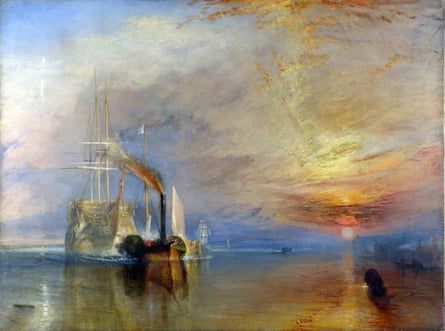
Dr Amy Concannon, the Manton senior curator of historic British art at Tate Britain, where the Turner & Constable exhibition opens this month, said the roughly 300 sketchbooks contained in the Turner bequest offered an opportunity to “piece together his life”.
after newsletter promotion
“They tell us where he went and when and get us closer to his mind than anything else,” she said. “From these you get a strong sense of Turner as a determined and focused individual … He was an astoundingly productive artist, creating sketches at lightning speed and filling page after page on his travels.
“Interpreting them is often tricky but there’s always something new to discover in them, which is partly why it’s taken over 20 years to complete the catalogue of them.”
The BBC documentary posits the idea that Turner may have been the first artist documenting climate change.
“He was born in the age of sail and died in the age of steam,” Packham said. “That rapid change in technology is clearly apparent in his paintings. In The Fighting Temeraire, the ghostly and magnificent old piece of technology that fought at Trafalgar is towed by a black and powerful steam tug. In Rain, Steam and Speed, the steam train portrays the unstoppable force of the Industrial Revolution and everything that followed.”
Concannon pointed to Keelmen Heaving in Coals by Moonlight, and Snow Storm – Steam-Boat off a Harbour’s Mouth, as evidence of Turner’s increasing fascination with changing industrial infrastructure, labour practices and pollution.
She said: “Whilst Turner would not have been aware of climate change as we know it, he had a keen interest in meteorology and of course studied atmospheric effects for the making of his pictures. Although he left no evidence that he was deliberately doing so, we might infer that some of his more colourful sunsets were inspired by the aftermath of the 1815 eruption of Mount Tambora.”
That eruption, in what was then the Dutch East Indies, “basically precipitated climate change over a foreshortened period”, Packham said. “Turner liked to be humbled by the sheer incomprehensible power and majesty of nature. It’s rather tragic that now it’s not a volcano that’s shaping our climate and leading to famine and disruption on Earth, it’s ourselves.”

.png) 3 hours ago
8
3 hours ago
8


